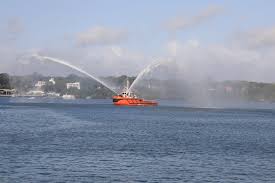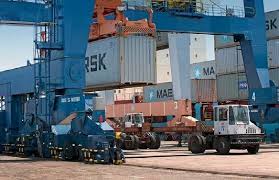Fixing the Perennial Water Issues at Coast Region
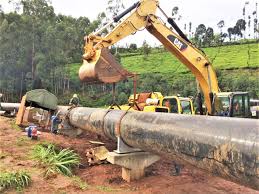
Fixing water pipes. (Photo/ Courtesy)
By The COAST Reporter
Email, thecoastnewspaper@gmail.com
The last time there was a significant water project for purposes of serving residents in the Kenyan Coast region was in the late 1950s and early 1960s, during the pre- or post-independence period.
Much of the region’s current bulk infrastructure including the Mzima pipeline (commissioned in 1953), the Marere pipeline (1912), and the Baricho Water Works (1982), dates back to this period and remains the backbone of supply, despite being overstretched and in constant need of rehabilitation.
Kilifi and Mombasa counties have struggled with a chronic water crisis, compounded by rapid population growth, aging infrastructure, and the impacts of climate variability.
The region as a whole faces a daily demand of about 439,000m³ against a supply of only 230,000m³, meaning just over half of demand is met.
According to the Ministry of Water, Sanitation and Irrigation’s Executive Brief on the Water Supply Status in Coast Region, Mombasa, water supply covers only 28% of daily demand, while in Kilifi, it stands at about 68%.
With such gaps, frustration among households, businesses, and the tourism sector is easy to understand.
It is often asked how such shortages can exist in a region with major rivers and the Indian Ocean at its doorstep.
Yet the reality is that most of the Coast relies on a fragile interconnected bulk system that loses large amounts of water through leakage, dilapidated pipelines, and limited treatment capacity.
Without modern investments to boost production and overhaul distribution networks, the situation will remain dire.
A frequent misconception is that clean drinking water comes straight from rivers.
In practice, much of the region’s supply is drawn from groundwater aquifers. The Baricho aquifer in Kilifi County is a prime example: wells are located in the alluvial floodplains of the Sabaki River, where water filters through sediments before reaching the underground layer.
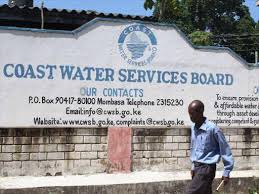
This makes river health directly tied to groundwater quality. Currently, Baricho Water Works produces about 90,000 m³/day, with ongoing works expected to raise this to 112,000 m³/day.
Studies suggest its long-term safe yield could reach up to 175,000–180,000 m³/day under the right conditions.
Despite this potential, the shortfall remains vast. World Bank studies in 2011 estimated Baricho’s sustainable yield at about 228 million litres per day (228,000 m³/day), but only about 112,000 m³/day is currently abstracted.
Meanwhile, the combined requirement of Mombasa and Kilifi exceeds 465,000 m³/day, leaving a supply-demand gap of more than half of the required amount.
This imbalance underscores why new projects such as the Sabaki Water Project, planned through Public-Private Partnership (PPP), are considered critical interventions.
Addressing the perennial crisis will require a comprehensive mix of government action, private investment, and community engagement. Beyond expanding production, solutions must include catchment protection, pollution control, stricter regulation of abstraction, leak reduction, and more transparent management.
The Coast Water Development Agency estimates that closing the distribution gap alone will require Ksh66.5 billion by 2040, while wastewater interventions across the region will cost an additional KSh121 billion.
Private capital and technical expertise will be key to bridging this gap. The government has already prioritized Public-Private Partnerships (PPPs), with flagship projects such as the Mzima II Pipeline (Ksh42 billion) and Sabaki Water Project on the table.
Yet, as residents prepare for another dry season, frustrations continue to rise, with community elders and households voicing their discontent over persistent shortages and demanding improved services from Kilifi Mariakani Water and Sewerage Company (KIMAWASCO).
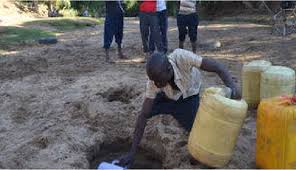
The urgency of the Coast’s water crisis makes one thing clear: water is not just an infrastructure challenge. It is a matter of dignity, rights, and accountability.
Without decisive action to scale up supply and modernize distribution, the Coast risks remaining trapped in cycles of scarcity, reliant on aging systems from a bygone era while demand grows ever larger.

